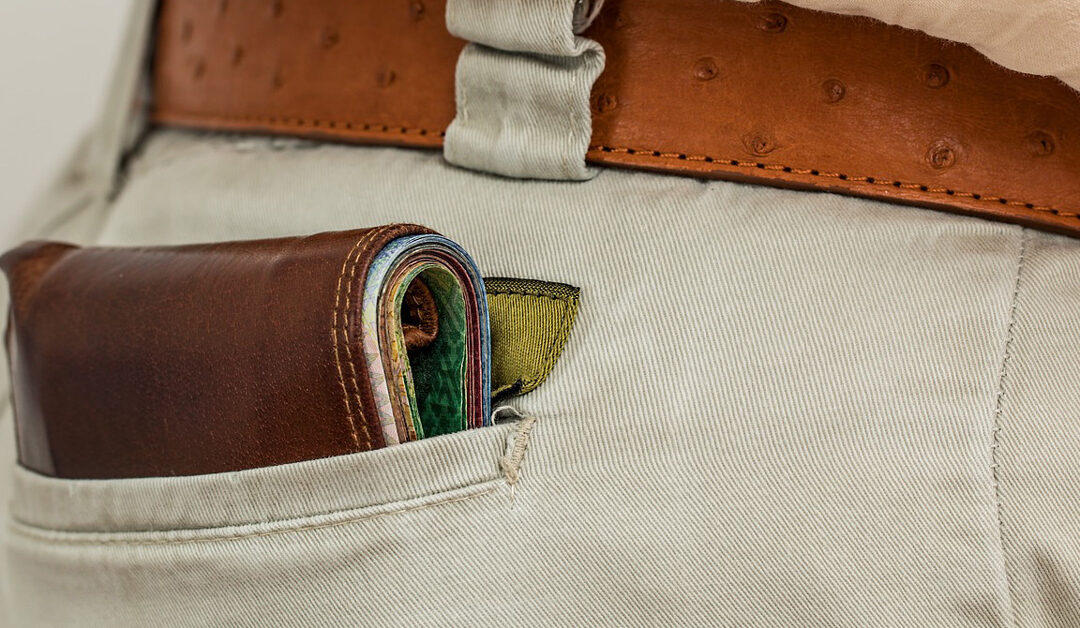Ever wondered who are the real burgis in the Philippines? The label burgis may have some negative connotations to it but let’s call a spade a spade. Burgis means middle class and middle class refers to the socio-economic group that is nestled between the poor and the rich.
Often, the middle class is associated with lives of relative comfort, meaning we earn enough not just to feed the family but have enough disposable income to pursue happiness and for other creature comforts and a bit of luxury. Often, we work white-collar jobs and attained some form of higher education.
But what makes you middle class in the Philippines?
What Are the Income Groups in the Philippines?
A study by Albert et. al clustered income groups based on the Philippine Statistics Authority’s Microdata of the Family Income and Expenditure Survey or FIES.
| Income Cluster | Monthly Family Income (5 Members) | Number of People |
| Low Income | Less than PHP 18,200 | 60.1 million |
| Middle Income/Middle Class | PHP 18,200 to PHP 109,200 | 45.5 million |
| Upper Income | More than PHP 109,200 | 1.5 million |

Another study presented by Albay Representative Joey Salceda in 2020, which was also based on the FIES, featured the following income groups:
| Income Group | Monthly Family Income (5 Members) | Number of People |
| Poor | Less Than PHP 11,690 | 17.7 million |
| Low Income | PHP 11,690 to PHP 23,381 | 40.7 million |
| Lower Middle Income | PHP 23,381 to PHP 46,761 | 31.0 million |
| Middle Middle Class | PHP 46,761 TO PHP 81,832 | 11.2 million |
| Upper Middle Income | PHP 81,832 to PHP 140,284 | 3.8 million |
| Upper Income (But Not Rich) | PHP 140, 284 to PHP 233,806 | 1.0 million |
| Rich | More Than PHP 233,806 | 360 thousand |
It’s pretty much self-explanatory. Find where your income levels fall and consider yourself a member of the corresponding income group.
These studies are already a few years old, so they haven’t factored in the Philippine inflation rate yet. Better ad a few percentage points to the income figures if you’re trying to measure yourself based on these metrics.
What Are the Characteristics of the Philippine Middle Class?
Beyond these income levels, the middle class is also characterized by certain descriptors. The typical Filipino middle class:
- Resides in homes they own
- Likely living in urban areas
- Has attended some college
- Spends more on education, transportation, and utilities compared to low income
- Owns a car, household appliances, and mobile phones
- Is a salaried worker performing in white-collar jobs
- Has a family member who is an OFW
It’s important to note that these are meant to exclude people from “middle class-ness.” Some laborers (like farmers who own their land or tradesmen who have their own operations) can meet middle class income levels. Home or landownership used to be a strict parameter for being middle class, but these new studies accommodate renters and tenants and even informal settlers as long as their earnings meet the criteria.
Saktong Burgis: A Simple Comfortable Life
One can definitely argue the accuracy of these definitions. For instance, the idea of a “comfortable life” (which is what most Filipinos are striving to achieve), is debatable. Personally, I think should be earning Upper Middle Income or Upper Income levels to actually have a comfortable life these days. As such, the saktong burgis level might actually be a moving target.

